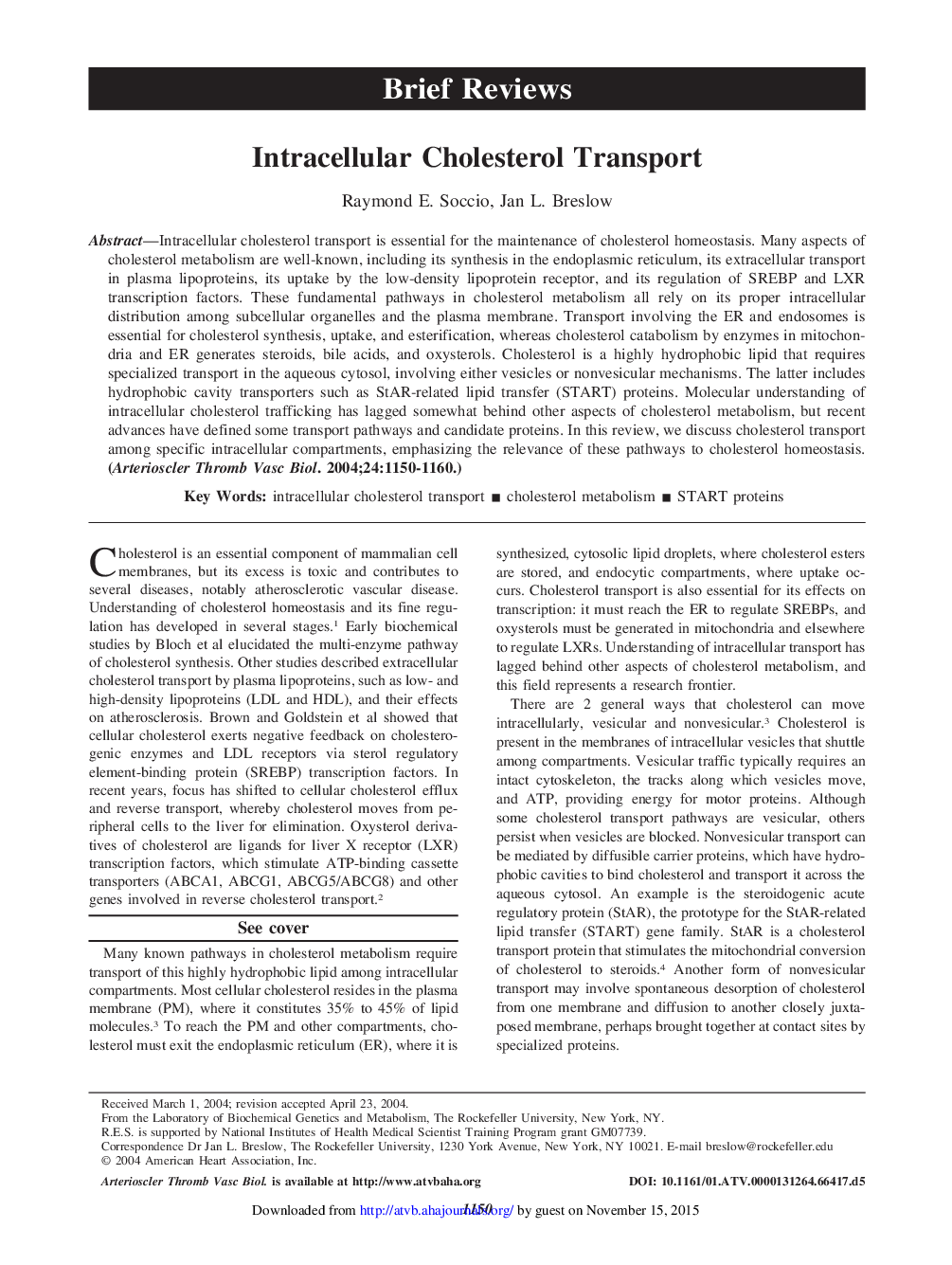| Article ID | Journal | Published Year | Pages | File Type |
|---|---|---|---|---|
| 6387399 | Journal of Sea Research | 2014 | 12 Pages |
Abstract
A conceptual model of the physical behavior of a shallow (6 m deep) micro-tidal estuary (Alfacs Bay) is proposed, based on the interpretation of a field data set, and subsequently tested against the results of three-dimensional hydrodynamic simulations. At seasonal timescales, the buoyancy associated with freshwater inflows dominates the tidal forcing, yielding a strongly stratified two-layered system, with the surface and the bottom layers flowing in opposite directions (classical estuarine circulation). Wind controls the physical behavior of the bay at shorter (days to weeks) timescales. Three scenarios or states have been defined, depending on the strength of stratification relative to the predominant direction and magnitude of the wind forcing, parameterized through the Wedderburn number, W. For weak winds (scenario 1), with W â«Â 1, mixing occurs as a consequence of stirring and convective cooling, and the mixed layer deepens slowly. For strong winds, with W âªÂ 1/2, mixing is fast and is largely driven by shear at the pycnocline. Two scenarios are further identified for W âªÂ 1/2 depending on the directionality of the winds: one for persistent NW winds (scenario 2) and another for diurnal SW winds (scenario 3). In scenario 2, the water is pushed laterally, overturning the stratification and generating transverse density gradients. In scenario 3, the estuarine circulation is weakened and even reversed, yielding strong longitudinal density gradients. The bay waters relax quickly (within 10-18 h) back to the original state, after the wind ceases, as a result of the horizontal density gradients developed under wind forcing. Bay-sea exchange rates are shown to decrease significantly in the low W scenarios, the magnitudes of these changes being largely dependent on wind direction. These scenarios have important implications for the ecology of the bay, including the occurrence of phenomena such as harmful algal blooms.
Related Topics
Physical Sciences and Engineering
Earth and Planetary Sciences
Oceanography
Authors
Clara Llebot, Francisco J. Rueda, Jordi Solé, Mireia Lara Artigas, Marta Estrada,
